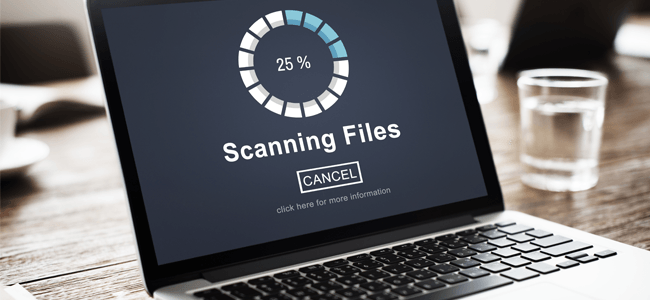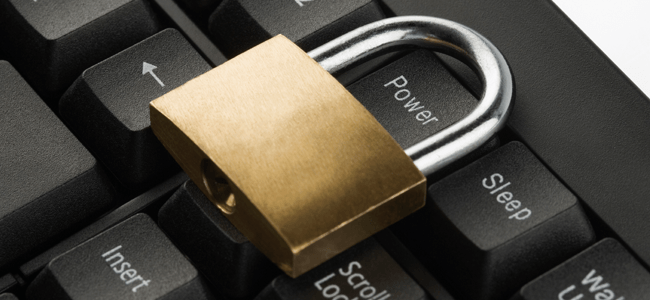Presentation on Social Media using Power Point
Definition and Examples of Social Media
Social media refers to websites and applications that are designed to allow people to share content quickly, efficiently, and in real-time. While many people access social media through smartphone apps, this communication tool started with computers, and social media can refer to any internet communication tool that allows users to broadly share content and engage with the public.
The ability to share photos, opinions, and events in real-time has transformed the way we live and the way we do business. Here are the basics of understanding social media and how it can be used to help promote your business.
What Is Social Media?
Social media is any digital tool that allows users to quickly create and share content with the public. Social media encompasses a wide range of websites and apps. Some, like Twitter, specialize in sharing links and short written messages. Others, like Instagram and TikTok, are built to optimize the sharing of photos and videos.
What makes social media unique is that it is both broad and relatively uncensored. While many social media companies impose some limitations—such as taking down images that display violence or nudity—there are much fewer limitations on what someone can share than there with other means of mass communication like newspapers, radio stations, and television channels.
Anyone with internet access can sign up for a social media account. They can use that account to share whatever content they choose to, and the content they share reaches anyone who visits their page or profile.
Over the years, with the rapid growth and usage of social media in Bhutan, its interactive features and no holds barred nature has ensured that social media is now fast becoming a very popular source of news and views.
By SanjoJendayi | The Bhutanese
Before social media or the media ever reached Bhutan, the country had a rich oral culture of not only passing down traditional stories, religious tales and local folklore but it was also an unofficial means of transmitting news and views.
The media came to Bhutan along with modernisation and soon professional journalists and verified news became the main source of news in Bhutan.
Social media overtook oral tradition in Bhutan
Over the years, with the rapid growth and usage of social media in Bhutan, its interactive features and no holds barred nature has ensured that social media is now fast becoming a very popular source of news and views.
However, just like the rest of the world and with two major elections looming this year, Bhutan is grappling with the challenge of handling fake news on social media as well as highly divisive rhetoric circulating online.
Bhutan’s oral culture suffered from occasional exaggerations or even rumours in response to certain popular fears and situations. The mass media occasionally makes factual errors and is also accused at times of not getting all the sides of a story.
The perils of fake news
However, social media is turning out to be an entirely different and much more dangerous ‘animal’. It is not only being used to deliberately create and spread fake news but it has fertile ground to grow in a country where the political culture is becoming increasingly partisan, extreme, intolerant and violent.
Death threats, threats of physical violence, sexual violence and maligning of each other due to mere political differences is becoming the norm in our social media.
Influence of fake news on Bhutanese youth
A large number of Bhutanese, including the more gullible young, now take their news and views from Facebook pages that are an open sewer of propaganda, fake news, lies and hate. What makes it worse is that an increasing number of youth have been influenced by such news and even participated in it.
The tragedy here is that political forces that were actually unleased in the form of politicians and parties to give shape to and strengthen Bhutanese democracy are the worst offenders encouraging such behaviour, both overtly and covertly.
We are a club at RIT focused decentralized systems and their use cases.
- Cryptocurrencies (like Bitcoin)
- Blockchain
- Torrents, IRC, and other things
In our weekly meetings, we talk about how these things work and what you can do with them (including trading!)
:strip_icc():format(webp)/what-is-social-media-2890301-v2-efda9623116544f7ae0b092697630923.png)



What is Zoom?
Zoom is a cloud-based video conferencing service you can use to virtually meet with others - either by video or audio-only or both, all while conducting live chats - and it lets you record those sessions to view later. Over half of Fortune 500 companies reportedly used Zoom in 2019 and during 2020 it hit even greater heights, racking up 227 per cent growth over the year.
When people are talking about Zoom, you'll usually hear the following phrases: Zoom Meeting and Zoom Room. A Zoom Meeting refers to a video conferencing meeting that's hosted using Zoom. You can join these meetings via a webcam or phone. Meanwhile, a Zoom Room is the physical hardware setup that lets companies schedule and launch Zoom Meetings from their conference rooms.